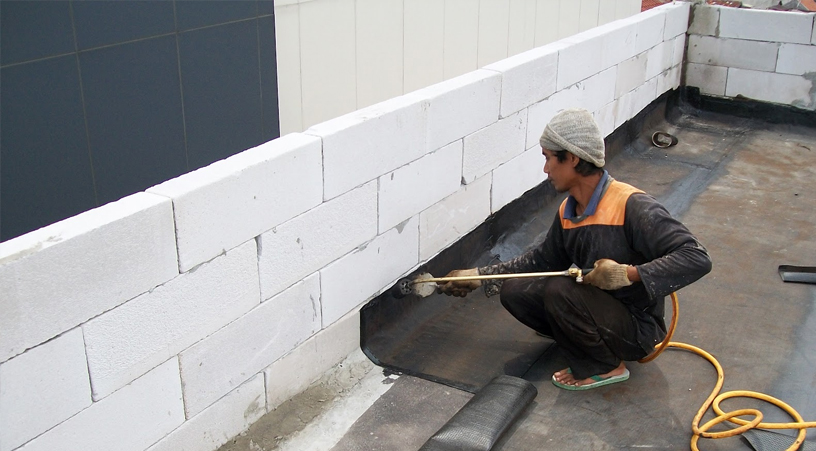- Office no 138,Bizz Bay, NIBM, Pune 411048
- info@smsenterprises.com
- +918983791910
Basement Waterproofing

Basement Waterproofing
Basement waterproofing is a fundamental process aimed at preventing water infiltration and moisture buildup in the basement of a building. It's a crucial step in construction or renovation to protect against potential water damage, structural issues, and mold growth in below-ground spaces.
Here's an overview of the process involved in basement waterproofing:
-
Surface Preparation: The process begins with cleaning the basement walls and floors, and removing any debris, dust, or existing coatings. Repairing any visible cracks, holes, or damaged areas is essential to ensure a smooth and uniform surface
-
Identifying Problem Areas:Inspecting the basement for vulnerabilities such as cracks, gaps, joints, or areas prone to water seepage is crucial. This evaluation helps in addressing potential entry points for water intrusion
-
Exterior Waterproofing:For new constructions or during extensive renovations, exterior waterproofing is often preferred. This method involves excavating around the foundation, applying waterproof membranes or coatings to the outer walls, installing drainage systems, and directing water away from the foundation to prevent water from reaching the basement walls.
-
Interior Waterproofing:For existing structures or when exterior waterproofing is not feasible, interior waterproofing methods are employed. This typically involves applying waterproofing materials like sealants, coatings, or membranes directly onto the interior walls and floors to create a barrier against water penetration.
-
Sealant Application:Sealants are used to fill cracks, joints, or gaps in the basement walls, around windows, pipes, or any openings that could potentially allow water ingress. This step further fortifies the waterproofing system
-
Installation of Drainage Systems:Installing proper drainage systems such as interior French drains or sump pumps can help collect and redirect water away from the basement, preventing water buildup and potential flooding.
-
Vapor Barriers and Insulation: In some cases, installing vapour barriers or insulation materials can help control moisture and temperature levels in the basement, reducing the risk of condensation and dampness.
